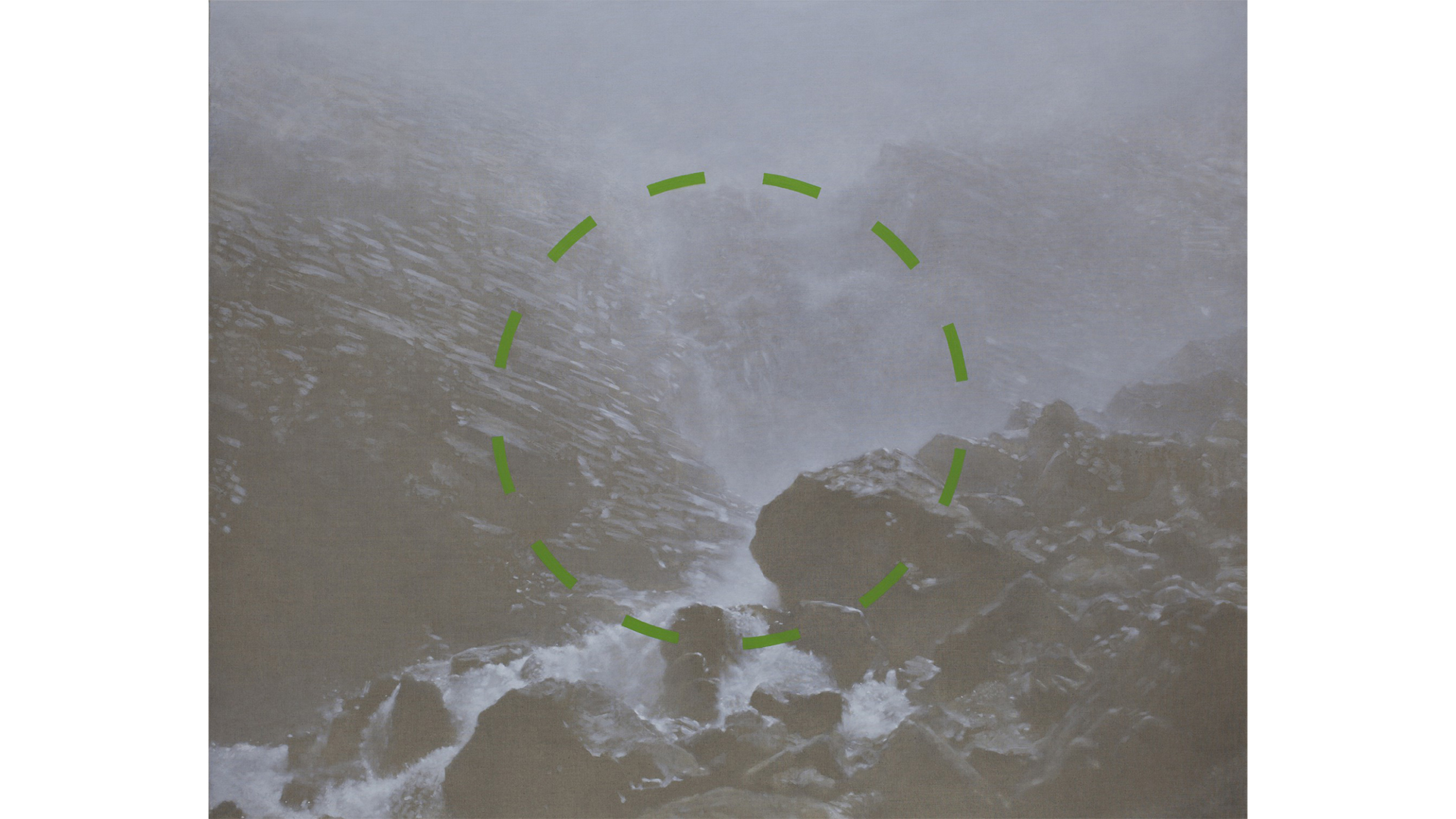Shanshui - A mountain is just a mountain. a mountain is not just a mountain. a mountain is just a mountain again.
The ambiguous, subtle and (by definition) fragmentary traces that Mingjun Luo consigns to canvas or paper develop an insistent presence it would not be mistaken to describe as auratic. Walter Benjamin associates trace and aura in his Arcades Project: "The trace is the appearance of a nearness, however far removed the thing that left it behind may be. The aura is the appearance of a distance, however close the thing that calls it forth. In the trace we gain possession of the thing; in the aura it takes possession of us."1 Benjamin's perception of landscape2 was the trigger for this famous formulation of the dialectical relationship between trace and aura, proximity and distance, acting and being acted on. And China, by stressing correlation, frees us from rationalism (rejected by Glissant), Manichaeism (which Benjamin seeks to transcend) and composition (practised by Western painters). What characterises Chinese landscape painting, says French Sinologist François Jullien, is "this opening-up of a distance within the very heart of a nearness."3 He goes on to explain that "China replaces the unitary term 'landscape' with endless interaction between opposing factors which enter into partnership and through which the world is matricially designed and organised."

